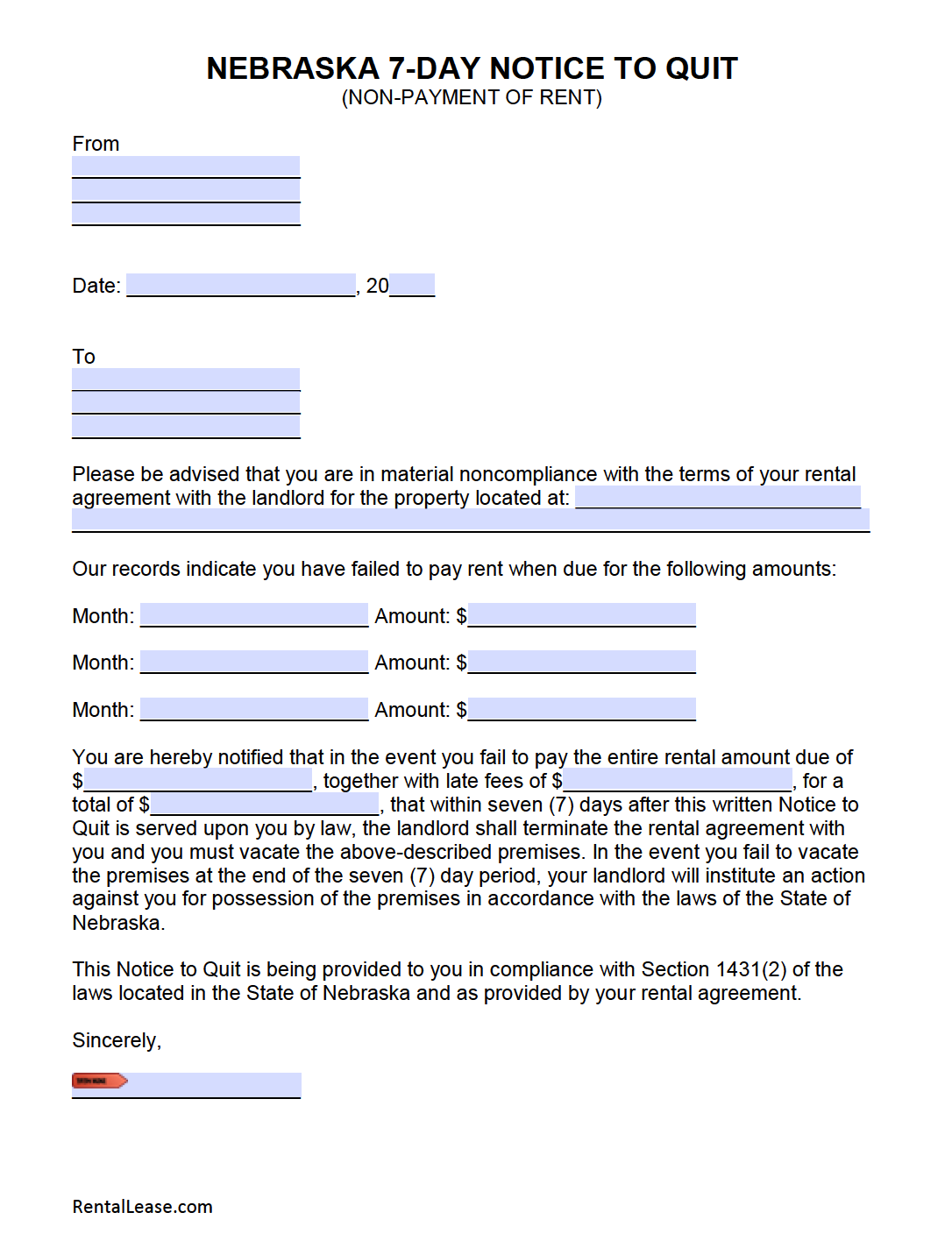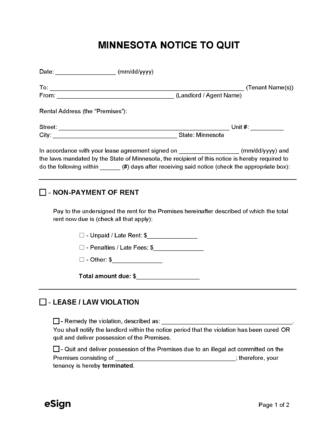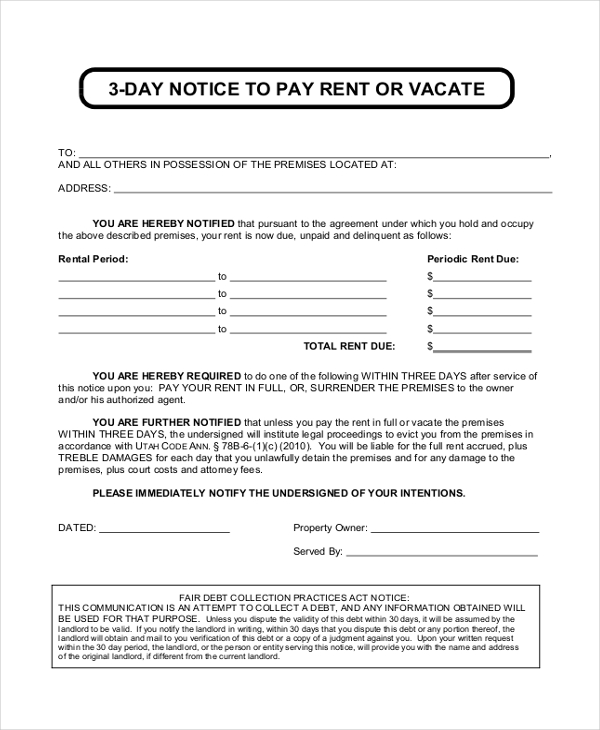
The tenant will then have until the sheriff acts on the order to leave before being forcibly evicted. When the eviction order has been processed the landlord may file the document with the county sheriff. An eviction notice, also known as a notice to quit, is sent by a landlord to a tenant specifying violations of the rental agreement, which may include nonpayment of rent or other noncompliance. If the judge rules in the landlord’s favor and the tenant still refuses to vacate, the owner may process an eviction order with the court clerk. The presiding judge can then decide whether the eviction can proceed or not. The tenant and landlord can make their case in court.

If the tenant does not comply with the eviction notice the landlord can file a complaint with a local court and a summons will be served. Serve the tenant with a written statement giving a legally valid reason for the eviction and the correct amount of days’ notice for them to comply. To correctly complete an eviction in Illinois, the landlord must do the following:

The notice also includes a deadline of 7, 10, 15, or 30 days for eviction. An eviction notice includes the date on which it is written and the reason why the tenant is being asked to evict the property. Therefore the landlord must take the correct steps and follow the right procedures, as detailed by IL’s state law. The eviction notice is either issued by the landlord himself or the agent dealing for the landlord. The Illinois eviction process must be followed precisely to ensure that the tenant is legally removed from the property. This is an unconditional order with no rights to cure. When a landlord wants to end a tenancy that is paid for on a flexible monthly basis, they must provide 30 days’ notice of their intention to terminate the agreement. However, this is usually only done when more serious breaches of the contract occur. This can also be issued as an unconditional notice, giving the tenant no option to correct the break in the terms. This gives the resident a chance to correct the violation within 240 hours, or to leave the premises. In situations where the tenant violates the terms of the lease, landlords can issue them with a 10-Day Notice to Quit for Non-Compliance. If the tenant still doesn’t pay or vacate after the notice period ends, the landlord can take them to court. This type of eviction notice gives tenants 5 days to pay the rent or leave the property if they fail to pay within the contractually agreed time. This will also affect how long you must give the resident as notice before they have to leave the property.Īs seen below, there are a few different options in Illinois when completing an eviction. You must give your tenant the precise legal document for the situation, detailing a valid legal reason for the eviction under IL statutes. If you don’t, the eviction could be overturned or take significantly longer to complete. LANDLORD’S ACCESS/ENTRYĮntry ( § 504b.211) – “Reasonable notice” must be given before the landlord may enter the premises for any repair or non-emergency reason.It’s necessary to provide the correct type of Illinois eviction notice to the tenant you’re removing from your property. Returning ( 504b.178(3)) – The landlord has a maximum of three (3) weeks from the date the tenant surrendered the premises to return the security deposit. The landlord may request as much as desired from a prospective tenant. Orders ( § 504b.195) – The landlord must identify any outstanding and condemnation orders to the tenant.

Lead-Based Paint – As per federal law, a notice is required if any housing unit was built prior to 1978 informing the tenant about the presence of lead-based paint on the premises. Identification ( § 504b.181) – The landlord, or their agent, must be identified in the lease as the person allowed to enter and perform work on the premises. Financial Stress ( § 504b.151) – If a landlord has received a contract for deed cancellation under section § 559.21, the landlord must inform the tenant of this information and they will not be able to enter into a periodic lease agreement for more than two (2) months.


 0 kommentar(er)
0 kommentar(er)
